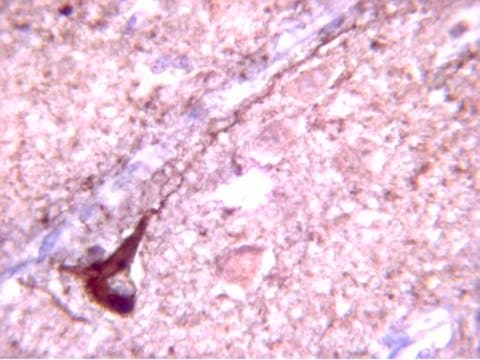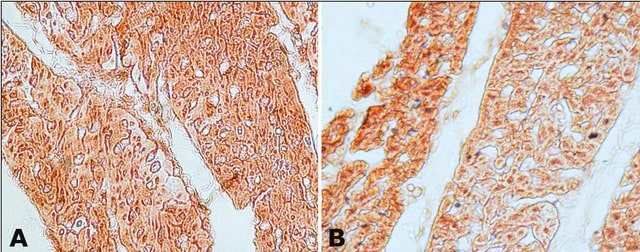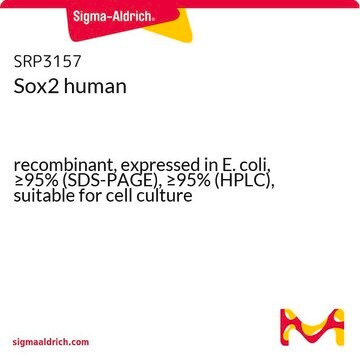SRP5089
TBK1, active, GST tagged human
PRECISIO® Kinase, recombinant, expressed in baculovirus infected Sf9 cells, ≥70% (SDS-PAGE), buffered aqueous glycerol solution
Synonyme(s) :
FLJ11330, NAK, T2K
About This Item
Produits recommandés
Produit recombinant
expressed in baculovirus infected Sf9 cells
Gamme de produits
PRECISIO® Kinase
Pureté
≥70% (SDS-PAGE)
Forme
buffered aqueous glycerol solution
Activité spécifique
259-351 nmol/min·mg
Poids mol.
~105 kDa
Numéro d'accès NCBI
Conditions d'expédition
dry ice
Température de stockage
−70°C
Informations sur le gène
human ... TBK1(29110)
Description générale
Actions biochimiques/physiologiques
Forme physique
Notes préparatoires
Informations légales
Code de la classe de stockage
10 - Combustible liquids
Classe de danger pour l'eau (WGK)
WGK 1
Certificats d'analyse (COA)
Recherchez un Certificats d'analyse (COA) en saisissant le numéro de lot du produit. Les numéros de lot figurent sur l'étiquette du produit après les mots "Lot" ou "Batch".
Déjà en possession de ce produit ?
Retrouvez la documentation relative aux produits que vous avez récemment achetés dans la Bibliothèque de documents.
Notre équipe de scientifiques dispose d'une expérience dans tous les secteurs de la recherche, notamment en sciences de la vie, science des matériaux, synthèse chimique, chromatographie, analyse et dans de nombreux autres domaines..
Contacter notre Service technique








